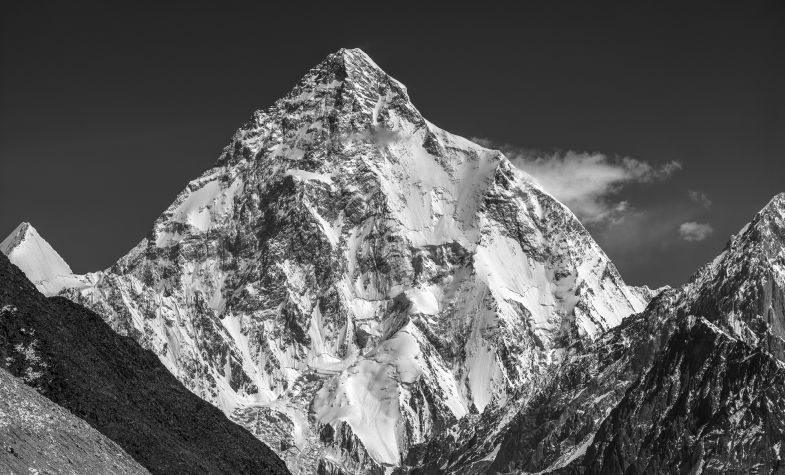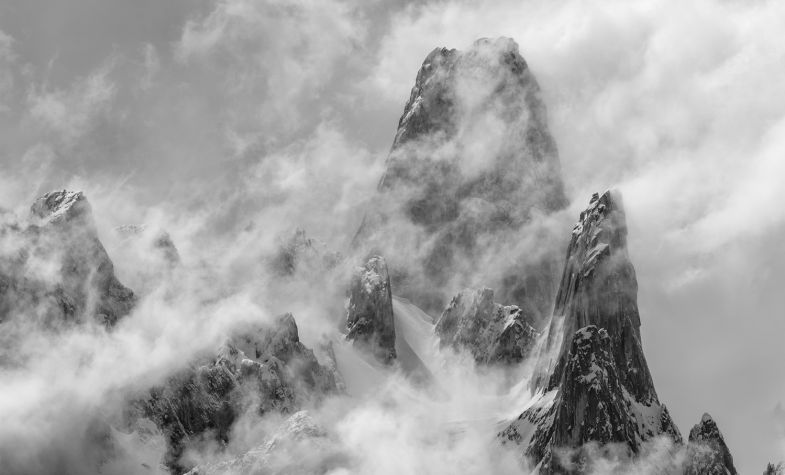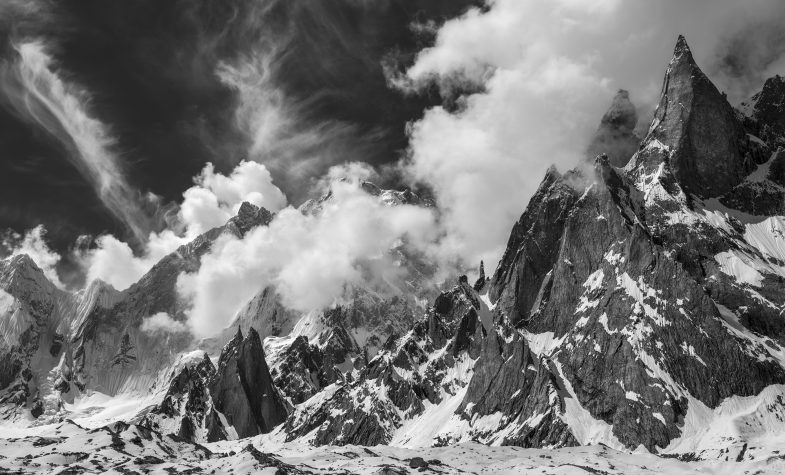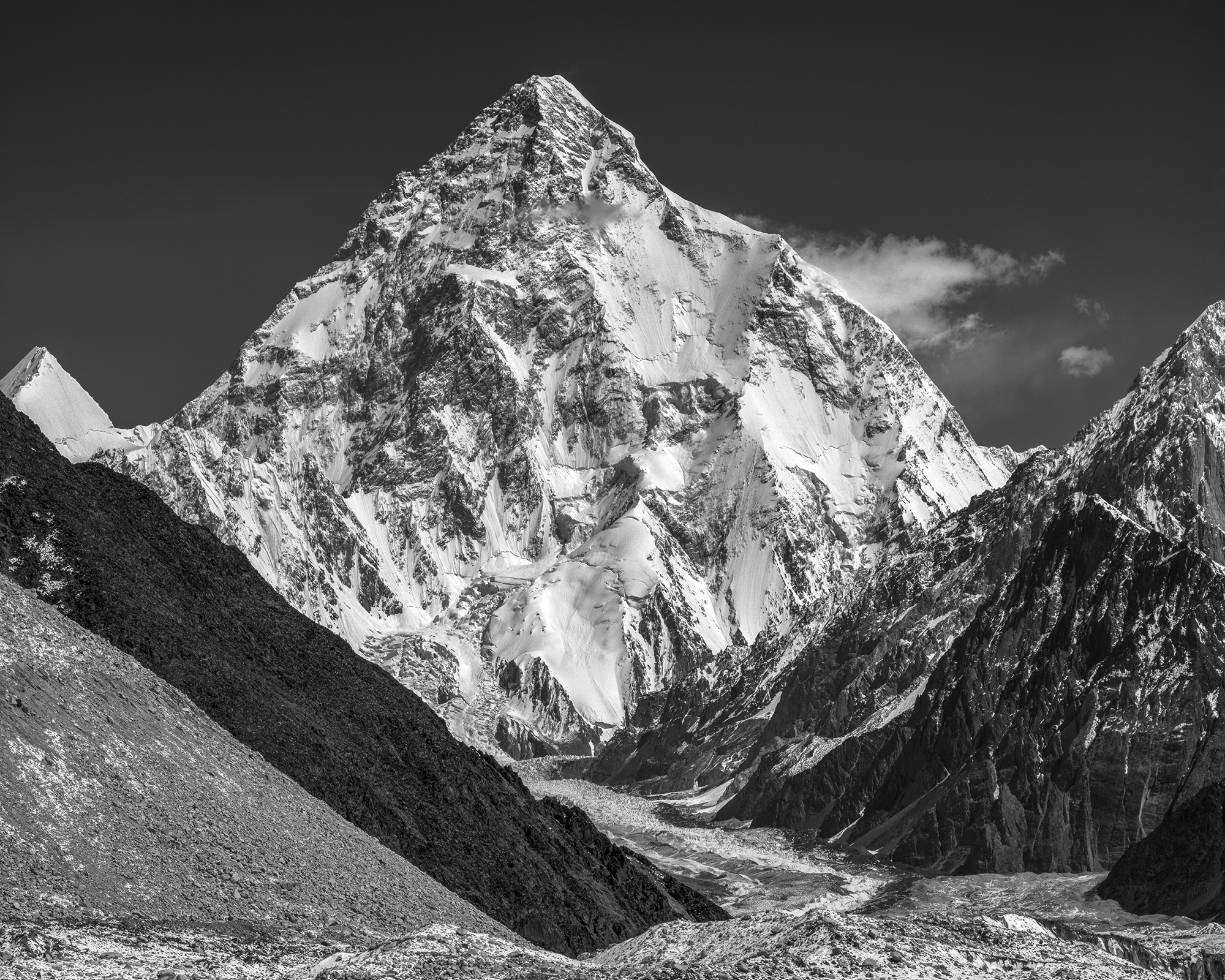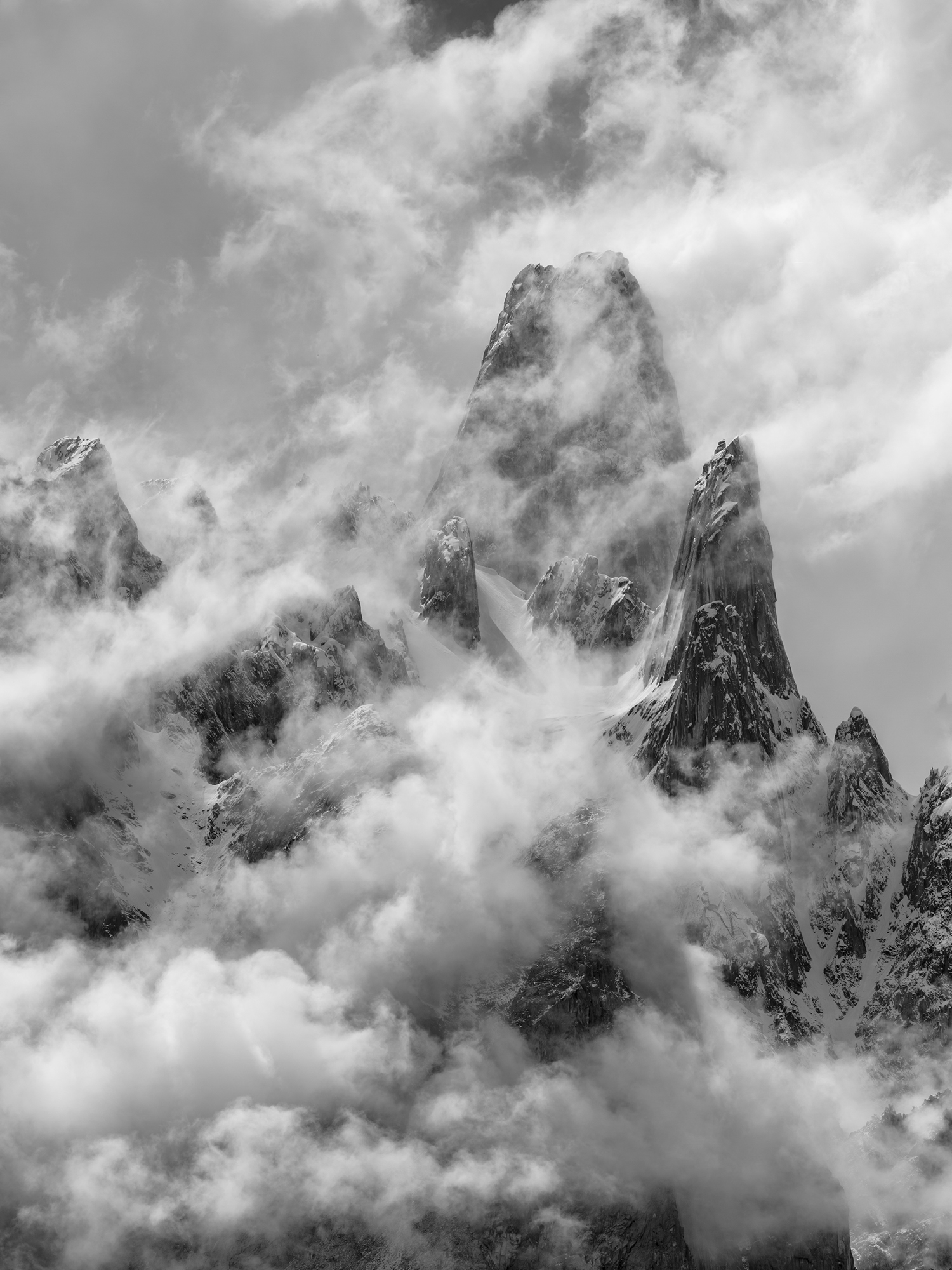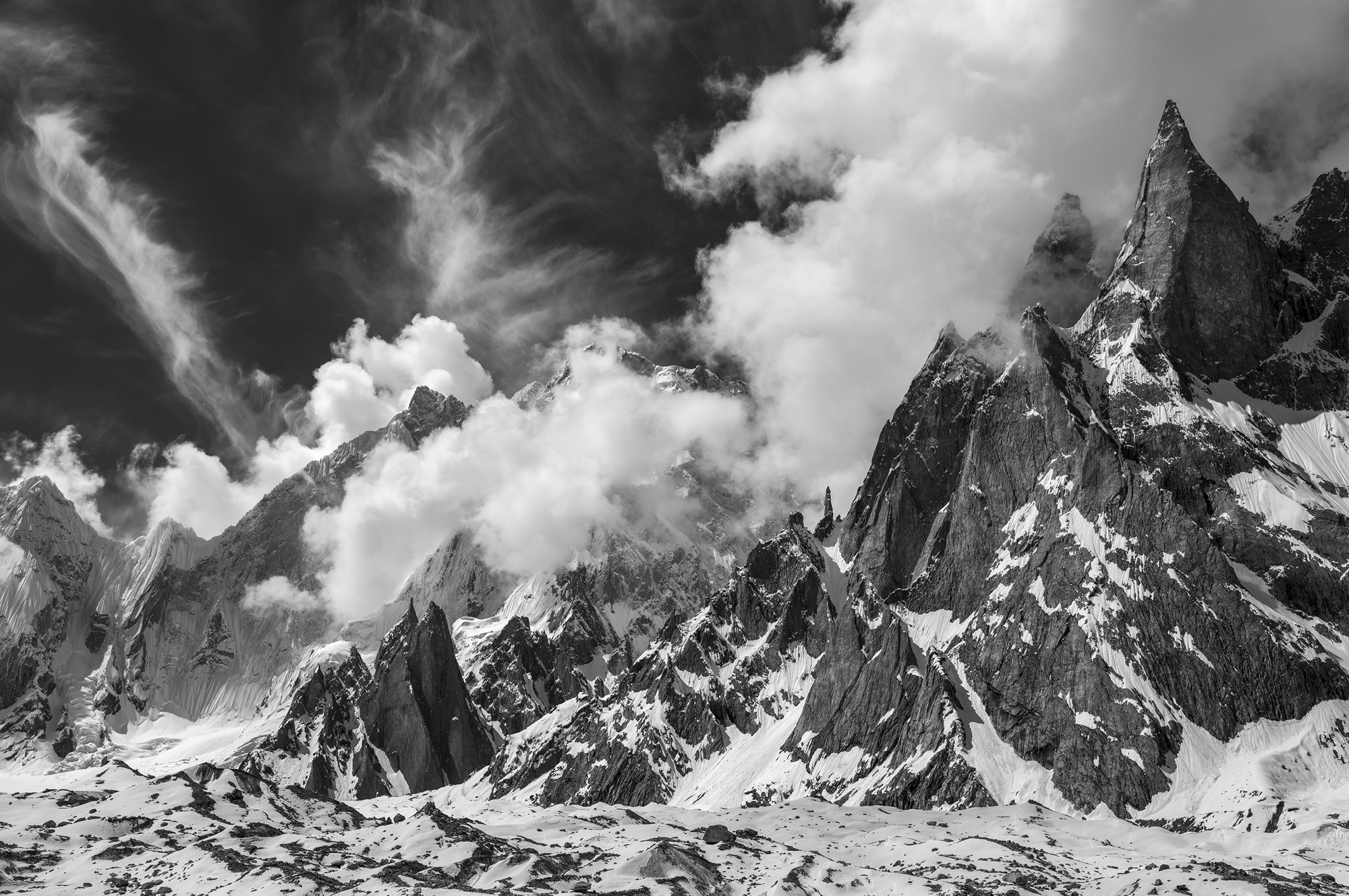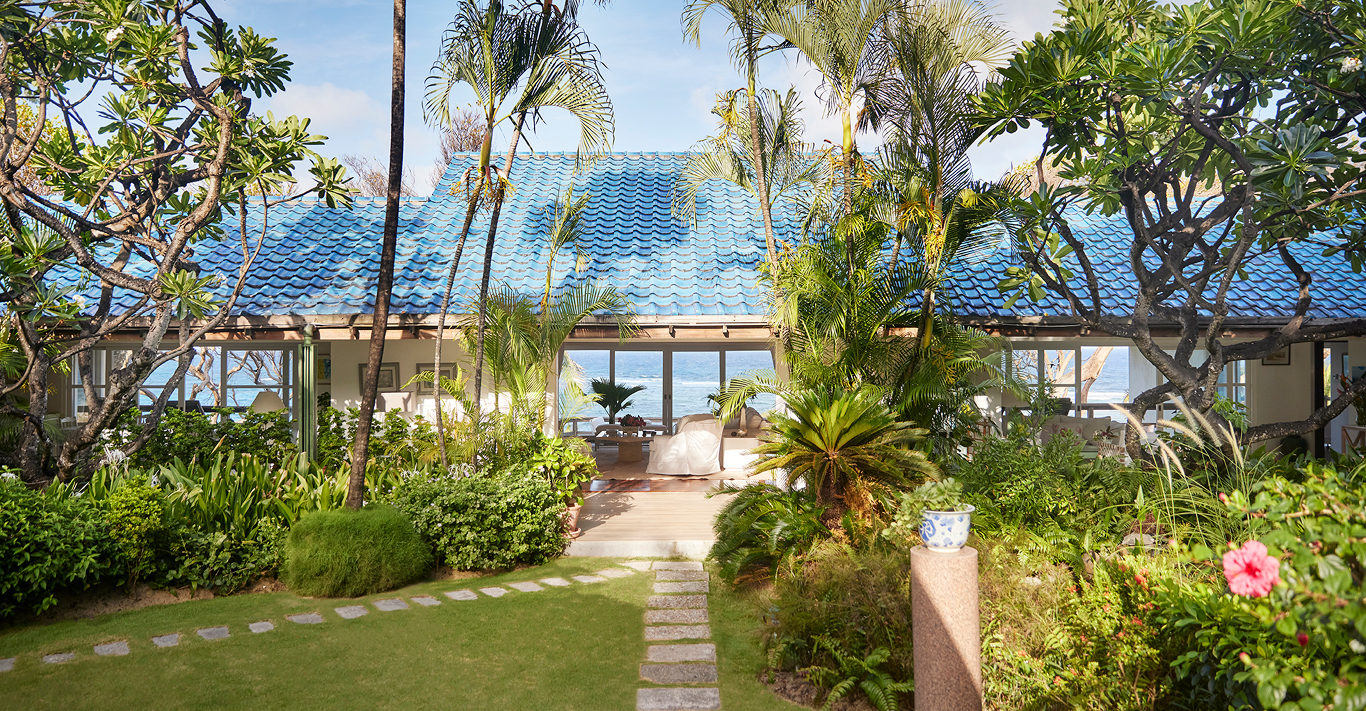PHOTOGRAPHY
Colin Prior
WORDS
Nick Smith
A giant of British landscape photography, “mountain man” Colin Prior is perhaps best known for his advertising images of his native Scotland. Emblazoned in broadsheets, corporate campaigns and coffee-table tomes, these were the classic pictures that made his name. They speak of a “golden age” when photographic commissions were done on huge budgets, manual film cameras and without the need to compete with viral pot-shots on social media.
But throughout his four-decade career Prior, has also worked on a sustained gnarly side-project involving repeated self-funded expeditions into the heart of Pakistan’s Karakoram mountains. Home of the menacing K2 – the second tallest mountain on Earth – Prior says that the peaks are among ‘the world’s greatest natural treasures’. Part of a complex of Central Asian ranges that includes the Hindu Kush to the west and the Himalayas to the south-east, the Karakoram are the world’s most secret mountains, rarely visited by either photographer or mountaineer, difficult to get to and almost impossible to survive in.
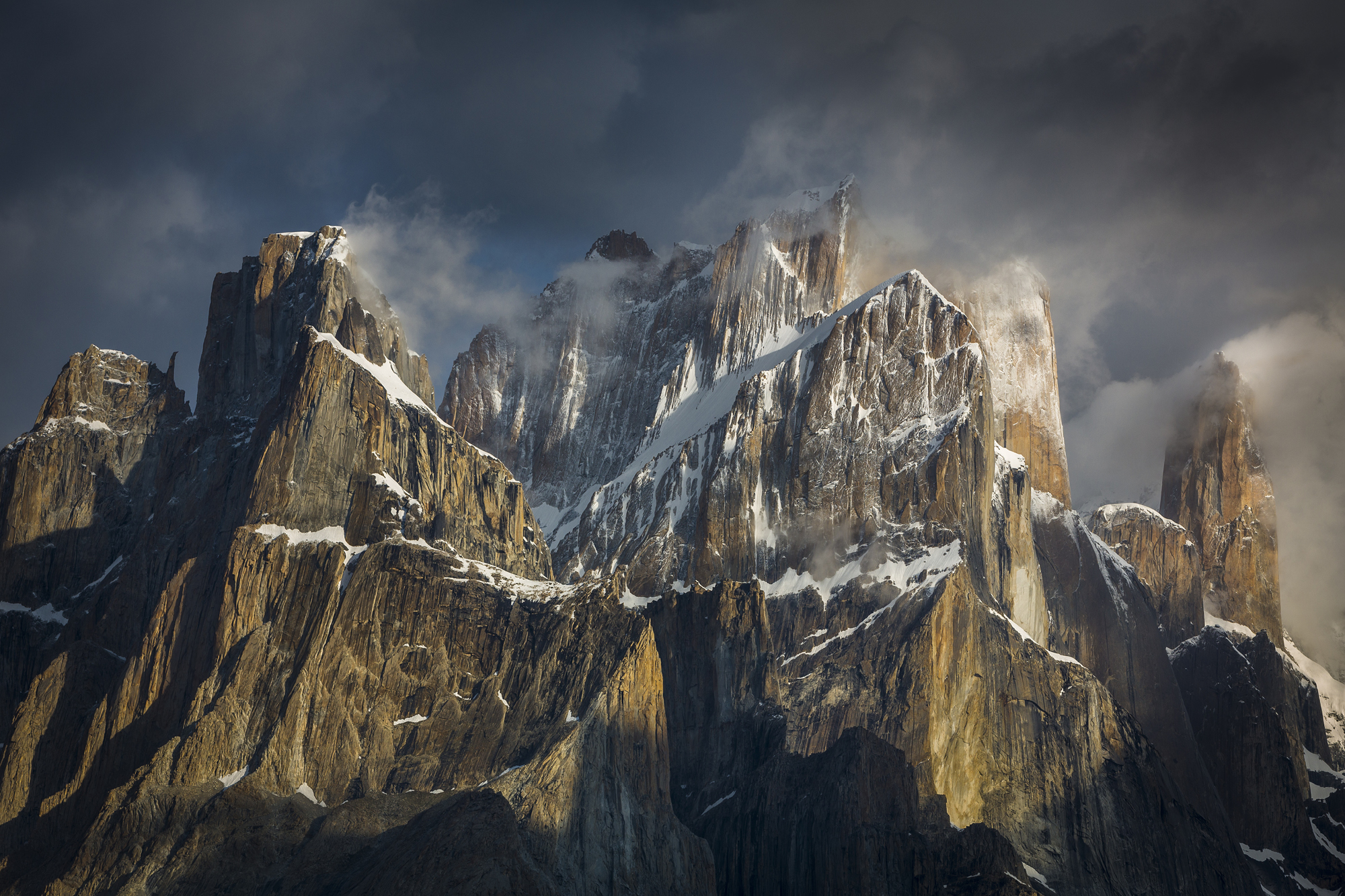
Prior says that his lifelong passion for the Karakoram was put in motion by Galen Rowell’s book In the Throne Room of the Mountain Gods. ‘That set alight something in my mind that is still burning there. When I saw his photographs of K2 I thought, “What sort of place is this?” It looks like it’s out of The Lord of the Rings. Sometimes you see these images and they look computer-generated, they’re so striking. I tried to gather as much information about the region as I could. But there’s been very little published on it. Apart from Rowell’s work, you’d need to go back more than a century to the Duke of the Abruzzi’s expedition in 1909 that led to a book that contained fantastic images by Vittorio Sella. He was one of the pioneers of mountain photography and a source of inspiration for Ansel Adams.’
Compared with the coverage Everest attracts, this handful of photographs is next to nothing. Sensing his opportunity, three decades ago, the Scottish photographer set out on the first of six extraordinary expeditions to the Karakoram.
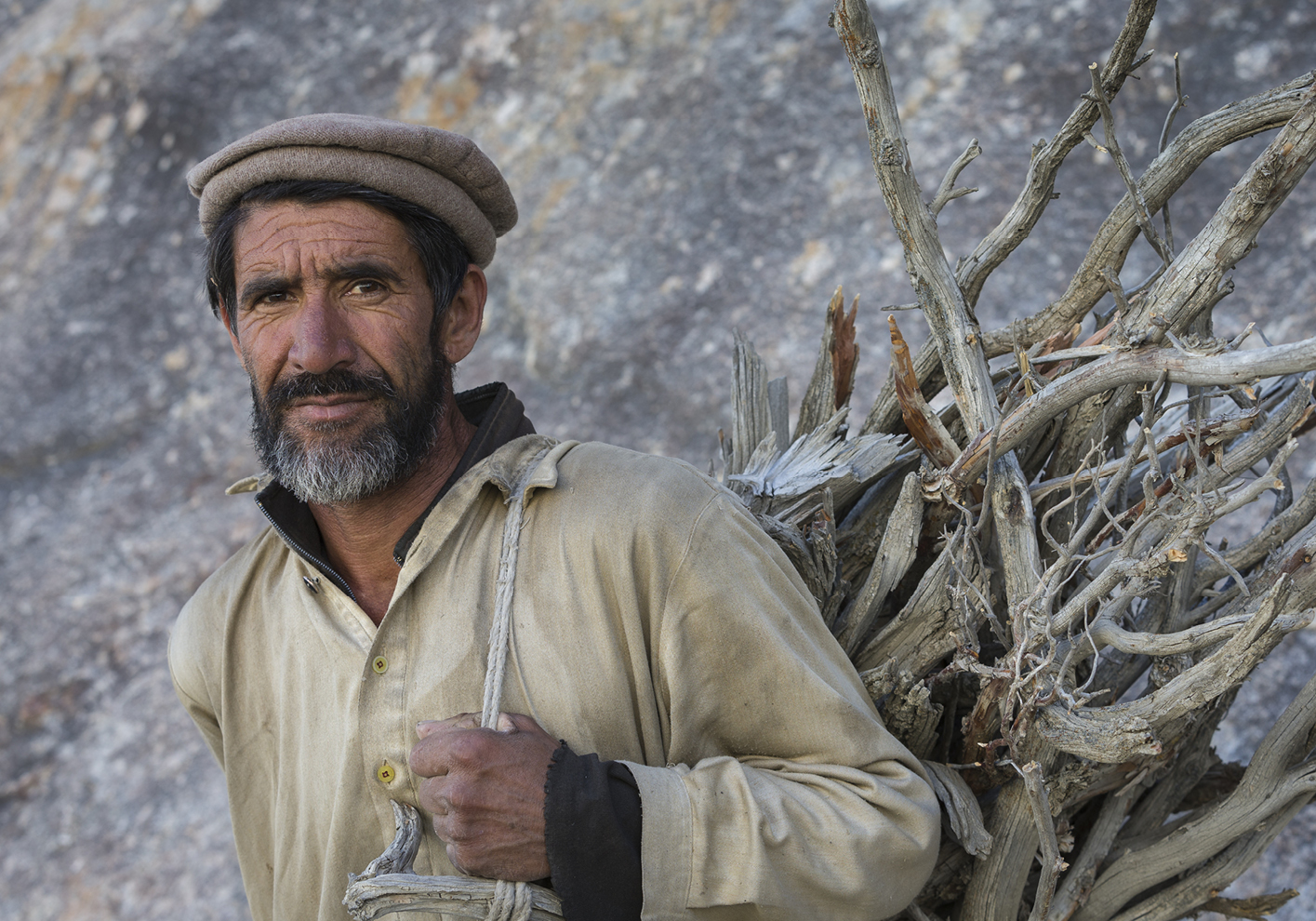
He remembers being ‘instantly captivated by the sharp, fractured peaks and vast glaciers’. His most recent book – The Karakoram: Ice Mountains of Pakistan – is the definitive collection of images taken from all his adventures in a region so remote, and in conditions so hostile, that Prior compares the preparation and planning that goes into each visit with that of a military campaign. The reward for months of trekking with teams of porters and ponies has been time in a landscape ‘sculpted by wind and ice into monumental spires, towers and pyramids’.
The lure of these mountains creatively is simply that ‘they are different’. Their distinct look comes from their location in the most heavily glaciated region on the planet outside the polar regions. While most of the world’s other 8,000-metre mountains are snow-clad, the Karakoram’s are exceptional in that their vertical faces have been carved by geological aeons of glaciation, so ‘they shed their snow, leaving jagged outlines glistening in the sun’. For Prior, these unseen shapes are a photographer’s once-in-a-lifetime dream, and it is this constant interplay of rock and ice, as well as the architectural splendour of the mountains, that has fuelled his obsession.
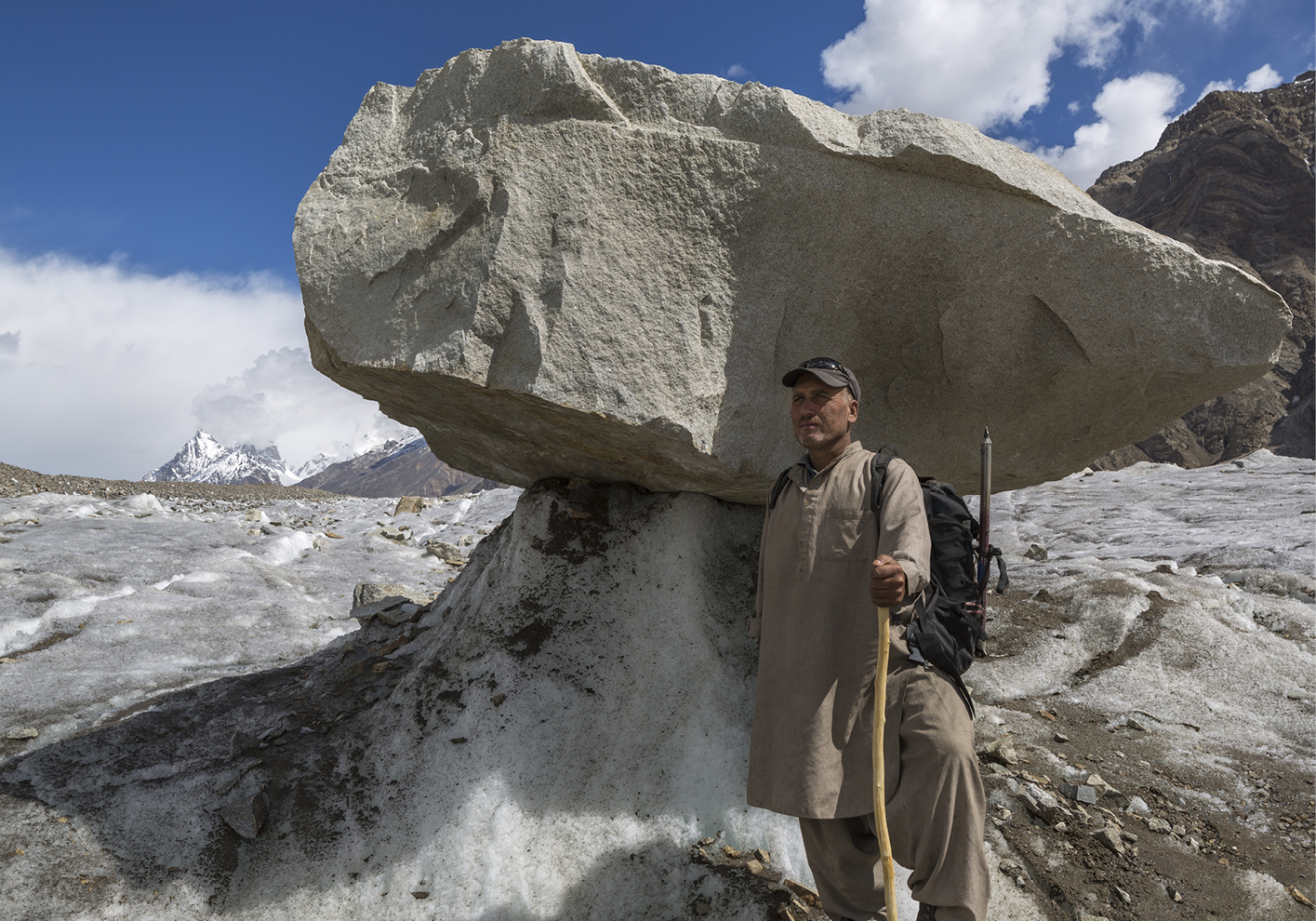
To work in these conditions and deliver the goods, you need to be tough enough to get to places other photographers just can’t get to. You need to be an accomplished climber, and you need finely tuned survival instincts: ‘You’ve got to develop skills that ensure you’re comfortable with the outdoors.’ And yet Prior maintains he is a photographer first and foremost, mountaineer second. ‘What drives me is the quest to capture the images. It is the character of the mountains that has taken me there again and again. The towers and spires. These are unique, and that’s what fires my imagination. It’s the photography that inspires me. It’s not about place. It’s about the right light, the right time of year.’
Reflecting on his early Scottish landscapes, Prior recalls how he was often a solitary figure in the mountains, ‘hiking and camping with more than 20 kilos of gear on my back. For that region, you could call it extreme photography.
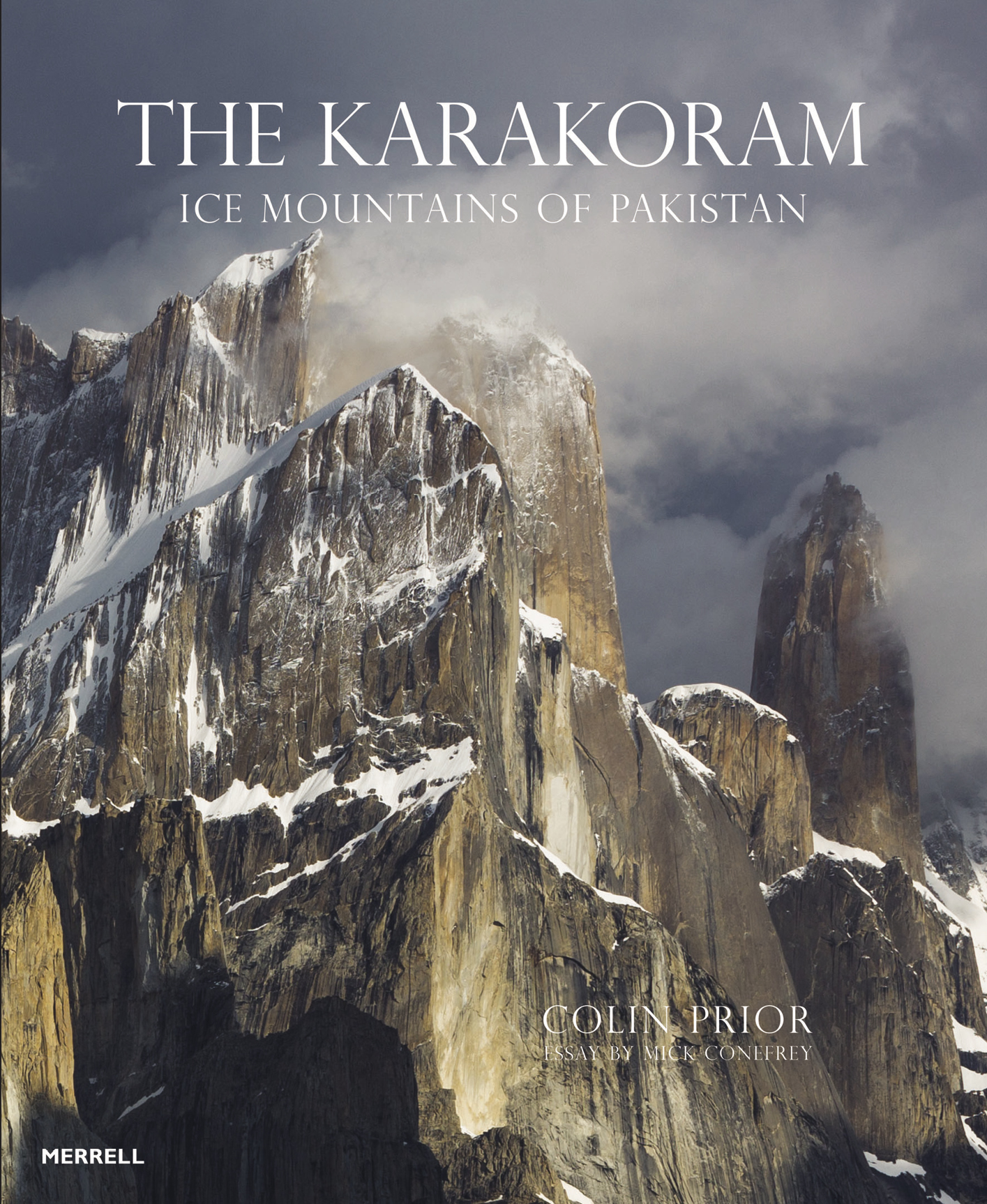
It’s not a picnic’. But to get anywhere in the Karakoram you need logistical back-up and local expertise. ‘Don’t forget the guys you’re working with in the Karakoram are real mountain men. For these people, trekking at altitude is second nature. So, for someone like me the key is to have a small team that you’re familiar with. If you’re going to treat them badly, they are going to desert you.’
Even when the few roads through the region aren’t blocked by landslips, there’s the constant threat of rock falls. ‘The porters are often in the back of open Jeeps, and there are places where you have to stop so that they can get out and run to avoid the stones that are falling from thousands of feet above. They come at you like bullets. You get used to it because you just have to.’ But for all the danger, Prior sums up the feeling of being in this wilderness by quoting from Jack London’s The Call of the Wild: ‘There is an ecstasy that marks the summit of life, and beyond which life cannot rise.’
The Karakoram: Ice Mountains of Pakistan by Colin Prior, £50, Merrell; colinprior.co.uk


